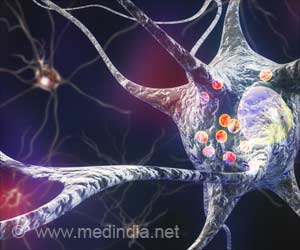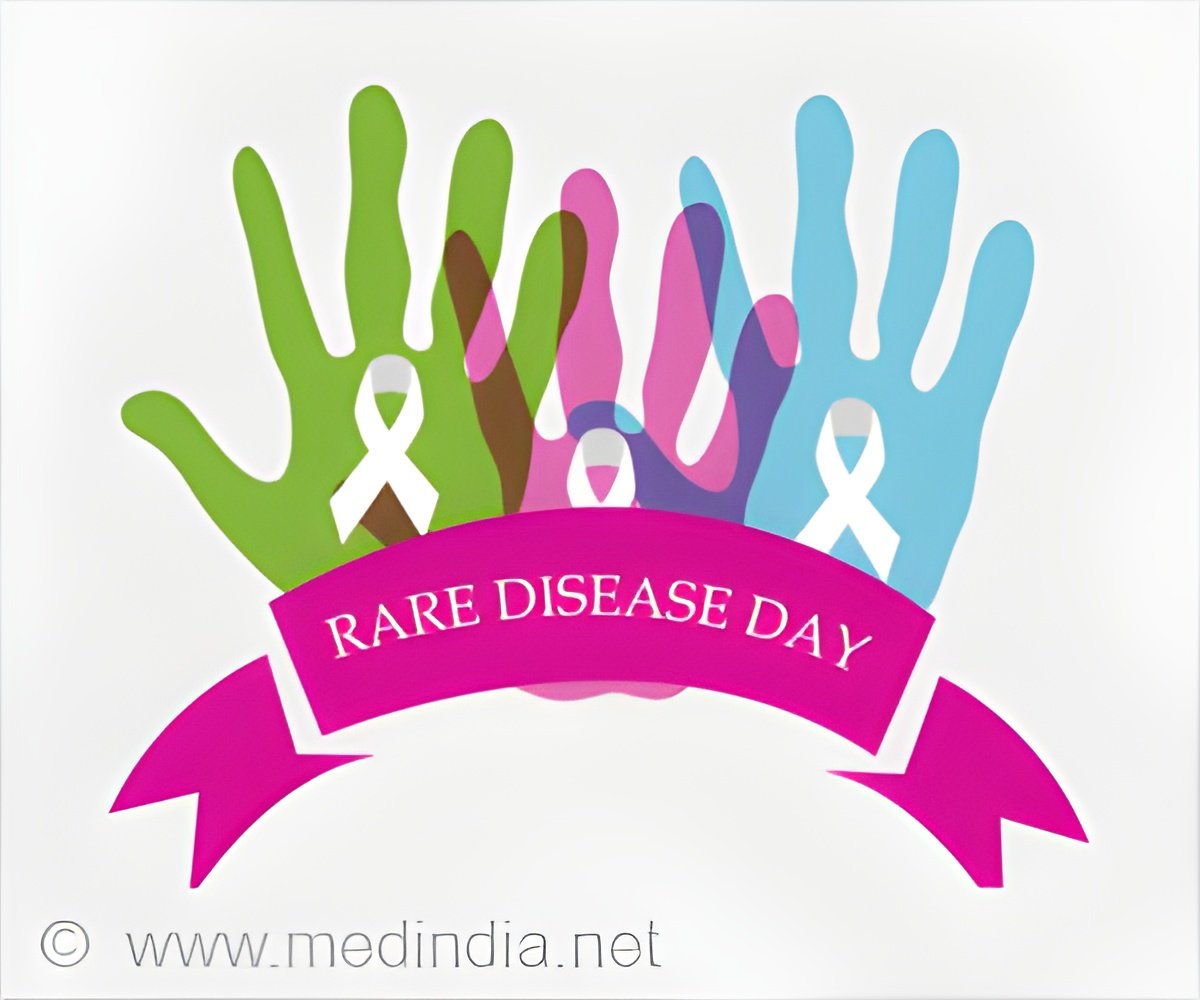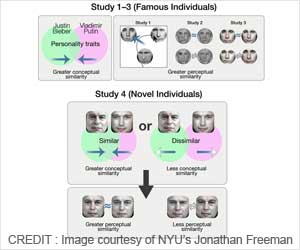The paper, “Desensitization to Fear-Inducting COVID-19 Health News on Twitter: Observational Study,” was published in the
.
The researchers examined how COVID-19 news articles shared to Twitter were first met with anxiety-ridden tweets early in the pandemic, during a coinciding spike in instances of panic-buying, extreme social distancing and quarantine measures.
Despite the increased death toll, those behaviors then gave way over time to less concerned responses to COVID-19 news, along with increases in societal risk-taking during that time period.
“COVID-19 has made an indelible mark on history, and now it’s time to consider what went wrong so we can do better in communicating more effectively during future health crises, and even now, as the delta variant becomes more widespread,” said Stevens.
“First and foremost, we need to understand how and why scary health news lost impact over time, despite the rapidly increasing death toll.”
The authors set out to test the hypothesis that early fear-based health messages in news reports significantly motivated individuals to take actions to control the threat, yet over-exposure to the same messages desensitized people — or made them less likely to feel anxious over time.
During a period of 11 months, the team used a computerized methodology to analyze linguistic anxiety levels in hundreds of COVID-19 news articles on Twitter, along with the anxiety levels in corresponding user tweets. They then correlated the findings with the COVID-19 death toll in the United States.
“Our study shows a need to delve deeper into how to re-sensitize the public and motivate them to take action in the face of an ongoing emergency. Testing the effectiveness of various health-risk communication strategies could quite possibly mean the difference between life and death in the future,” Stevens said.
“If another health crisis occurred today, or COVID-19 takes another turn for the worse, it is essential for public health officials to consider that they are communicating to a desensitized public. I hope that this paper can be an impetus to get that discussion started.”
Source: Eurekalert



